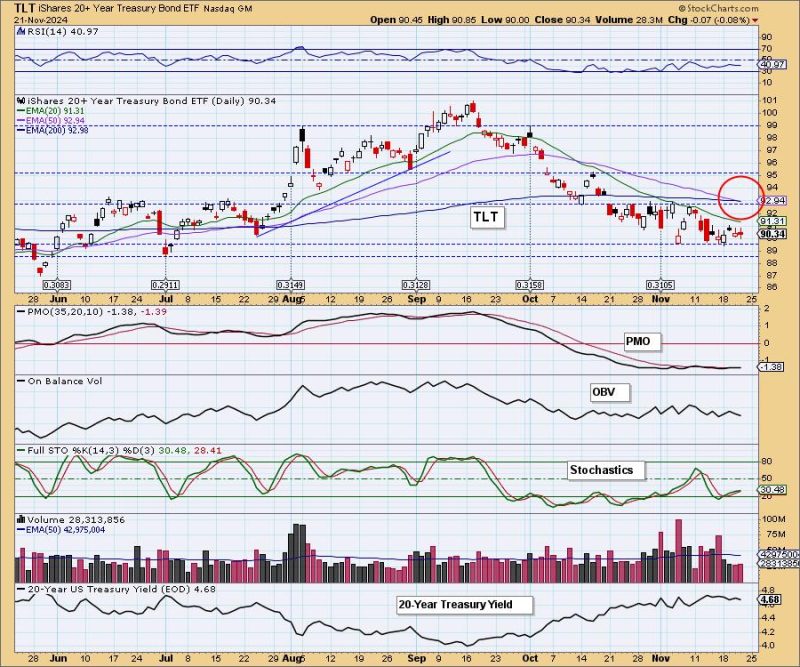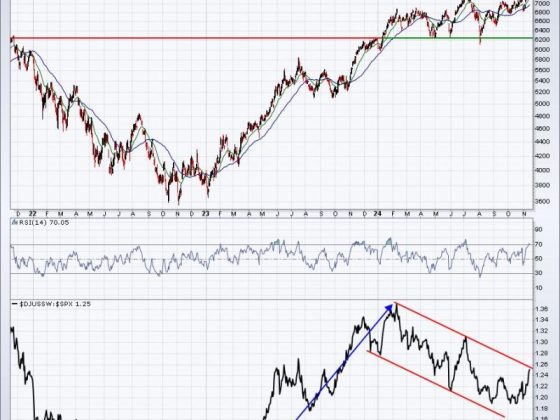In the complex world of finance and investing, market trends and indicators play a crucial role in informing investors about potential risks and profits. One such critical trading signal is the Death Cross. This ominous cue surfaces when a short-term moving average, such as the 50-day moving average, crosses below a long-term moving average like the 200-day moving average. Recently, bonds have been given a Death Cross sell signal, an occurrence warranting a probe.
To fathom this scenario and its potential implications, it’s essential first to understand what the Death Cross is precisely. This technical chart pattern is often seen as a significant sell signal that indicates a severe downturn in a market sector or an entire index. When the Death Cross surfaces in the bond market, investors tend to panic, a reaction that stems from the historical association of this signal with prolonged bear markets.
The Death Cross sell signal represents a period where short-term prospects are rapidly deteriorating, suggesting that the downturn could persist for a significant period. This signal serves to alert bondholders of the potential for sustained lower prices, encouraging the liquidation of these securities before the situation worsens.
What precipitates these Death Cross signals is often a period of economic or financial instability. Economists associate sell signals with periods of recession, plummeting stock prices, or decreasing investor confidence. In the case of bonds, an increase in inflation or interest rates might prove to be a significant driving force behind a Death Cross signal.
When an investor witnesses a Death Cross sell signal in bonds, it can imply a poor return on bond investments in the near future. Bonds, being fixed-income securities, are very sensitive to changes in interest rates and inflation. Consequently, when the market predicts higher interest rates, the prices of existing bonds drop accordingly.
Remember, a Death Cross doesn’t mean an absolute exit from bonds; instead, it signals investors to reassess their portfolios. It’s a prompt for investors to pivot their strategies, shifting from offensive to defensive. For instance, one can move towards short-term bonds that are less sensitive to interest-rate changes rather than long-term ones.
However, it’s also worthy of note that the emergence of a Death Cross within bonds doesn’t automatically translate into sub-optimal market conditions. Anomalies exist, and in some instances, the signal may be a false alarm. While some Death Crosses may precede prolonged downturns, others are promptly followed by recovery periods.
Given the historical accuracy and weightage of the Death Cross sell signal, market players should not overlook this phenomenon in the bonds market. It serves as a vital early warning sign, providing investors ample time to strategize and secure their investments against forthcoming market volatility.
Critically, the decision to sell, hold, or buy more into bonds after a Death Cross sell signal isn’t straightforward. Every investor has different financial goals, risk tolerance, and investment horizons. Consequently, investors should interpret these signals in light of their individual investment strategies and use a holistic approach considering shape of the yield curve, economic factors, interest rates, geopolitical concerns, and inflation among other factors.
Overall, the emergence of a Death Cross within the bonds sphere could potentially indicate the advent of challenging times. However, astute investors can leverage this signal to protect their investments better, thus mitigating exposure to consequences from the predicted bear turn.










